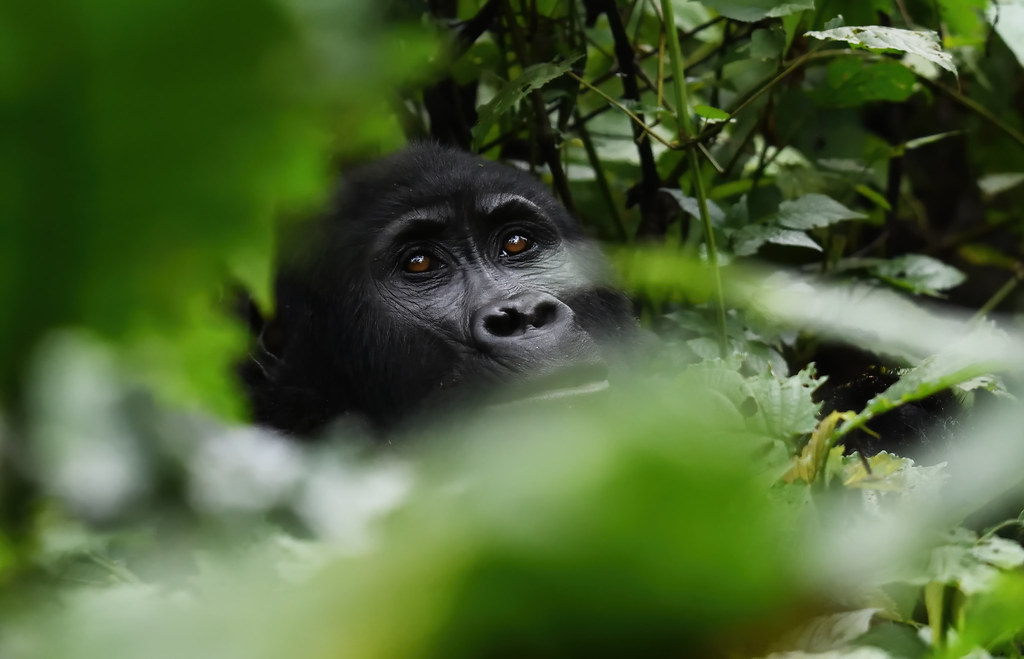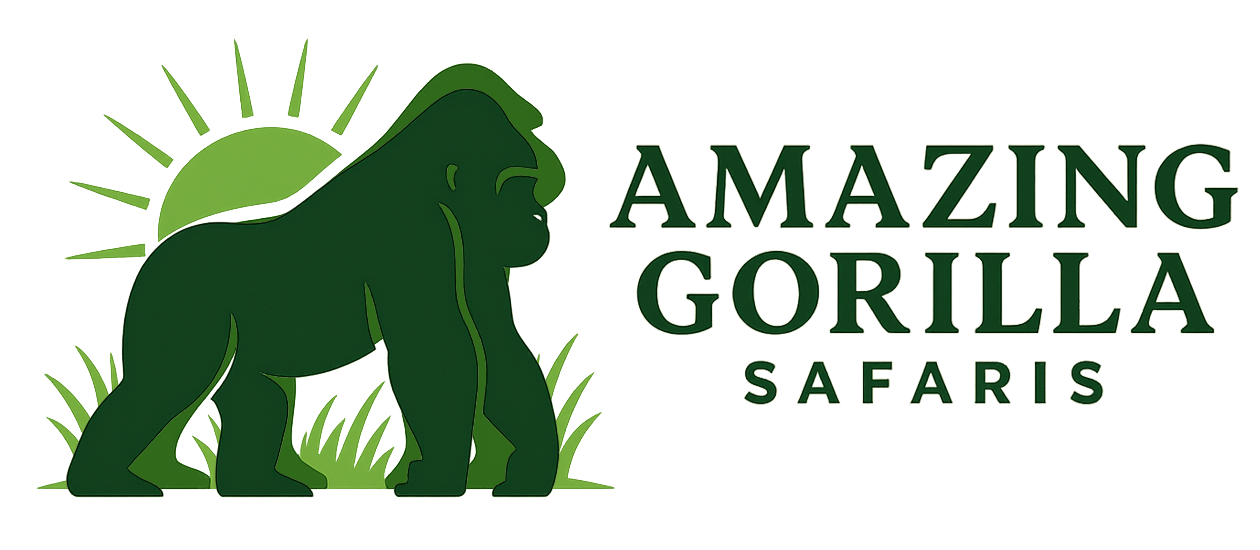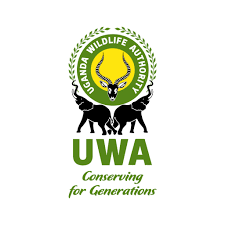Gorilla Trekking in Africa: The Ultimate Detailed Guide to a Life-Changing Safari

Gorilla trekking is not just a safari activity; it is a pilgrimage into the heart of Africa’s forests. It is one of the most sought-after wildlife encounters in the world, offering travelers the rare chance to meet our close relatives in their natural home. Unlike lions or elephants seen on open savannahs, gorillas dwell in mist-covered mountains and dense rainforests, requiring determined hikes and patience before the reward of seeing them up close. This journey is both physically demanding and emotionally rewarding, blending adventure, conservation, and cultural connection.
Understanding Gorillas in Africa
Gorillas are divided into four subspecies: mountain gorillas, eastern lowland gorillas, western lowland gorillas, and Cross River gorillas. Each lives in a distinct region of Africa. Mountain gorillas are the most famous, found in Uganda, Rwanda, and eastern DRC. Eastern lowland gorillas live only in Congo’s Kahuzi-Biéga National Park. Western lowland gorillas inhabit Central African rainforests in countries like Gabon, Cameroon, and Congo. Cross River gorillas are the rarest, with fewer than 350 surviving in Nigeria and Cameroon. Each encounter highlights the diversity of gorilla species and the urgency of protecting them.
Where to Go Gorilla Trekking
The most accessible and well-developed destinations are Uganda, Rwanda, and the Democratic Republic of Congo.
In Uganda, Bwindi Impenetrable National Park is the premier site, with over 20 habituated gorilla families. Its rugged trails, rich birdlife, and UNESCO World Heritage status make it a top destination. Mgahinga Gorilla National Park, though smaller, offers stunning volcanic scenery and the Nyakagezi gorilla family.
In Rwanda, Volcanoes National Park provides a more luxurious trekking experience. The park is part of the Virunga Volcanoes and is famous for Dian Fossey’s pioneering gorilla research. Rwanda invests heavily in conservation and tourism infrastructure, making the experience smooth, though more expensive.
In DRC, Virunga National Park hosts mountain gorillas, while Kahuzi-Biéga National Park offers trekking for eastern lowland gorillas. Trekking here is raw, adventurous, and less crowded, appealing to travelers seeking off-the-beaten-path experiences.
What to Expect During a Trek
A trek begins at dawn with a ranger-led briefing. Small groups of up to eight trekkers set out with guides, porters, and trackers. Hikes may last anywhere from one hour to six or more, depending on gorilla locations. The journey takes you through thick vegetation, steep hills, and sometimes muddy terrain. The anticipation builds until you finally meet the gorilla family. Once found, trekkers spend one hour with the gorillas. That hour is filled with intimate moments: a silverback watching over his group, playful youngsters tumbling through vines, or mothers tenderly caring for infants. It feels like a window into another world.
Rules of Gorilla Trekking
Strict rules protect both trekkers and gorillas. Visitors must stay at least seven meters away, avoid flash photography, and remain calm and quiet. Sick visitors are not allowed to trek to prevent disease transmission. Children under 15 are not permitted. Face masks are sometimes required. All instructions from rangers must be followed, as gorillas are powerful wild animals despite their peaceful nature.
Cost of Gorilla Trekking
Permits are expensive but essential for conservation. In Uganda, permits cost USD $800, with a habituation permit at USD $1,500 for four hours. Rwanda charges USD $1,500 per permit, positioning itself as a luxury destination. In Congo, permits cost around USD $400, making it the most affordable option. Prices reflect the immense effort required to protect gorillas, fund anti-poaching patrols, and support local communities.
Best Time to Go
The best times are the dry seasons: June to September and December to February, when trails are easier to navigate. Rainy seasons (March to May and October to November) make treks harder but bring lush landscapes, fewer crowds, and discounted prices. Since gorillas live in rainforests, rain is possible at any time of year, so preparation is key.
Preparing for the Trek
Preparation is essential. A moderate level of fitness helps, as hikes can be long and strenuous. Sturdy hiking boots, long-sleeved clothes, rain gear, gloves, insect repellent, and reusable water bottles are essential. Walking sticks are often provided, but porters can be hired to carry backpacks and assist on steep sections. Bringing snacks and a waterproof bag for cameras adds comfort.
Cultural Experiences Around Gorilla Parks
Gorilla trekking often pairs beautifully with cultural visits. In Uganda, visitors can meet the Batwa, a forest-dwelling people who once lived in Bwindi. Their storytelling, dances, and forest knowledge add richness to the safari. Rwanda offers cultural encounters in nearby villages, along with visits to Dian Fossey’s Karisoke Research Center. In Congo, cultural tours highlight traditional crafts and local forest life. These experiences complement gorilla trekking, deepening the connection to the people and places surrounding gorilla habitats.
How Difficult is Gorilla Trekking?
Difficulty depends on the gorilla family’s location. Some treks are short and easy, others take hours of uphill climbing through mud and thick undergrowth. Altitude, ranging from 2,200 to 4,000 meters, can also make treks harder. However, most people with moderate fitness complete treks successfully. Hiring a porter helps reduce strain. Rangers adjust the pace, making the trek manageable for diverse age groups.
Safety of Gorilla Trekking
Trekking is considered safe when organized through official park authorities. Gorilla families visited are habituated, meaning they are accustomed to human presence. Rangers guide and protect visitors throughout. While gorillas are strong, they are gentle by nature, and incidents are extremely rare. Political instability in parts of Congo requires extra caution, but Uganda and Rwanda are widely recognized as safe for gorilla tourism.
Conservation Impact
Gorilla trekking is one of the world’s greatest conservation success stories. Permit revenues fund ranger patrols, veterinary care, and park infrastructure. They also support local communities through revenue-sharing programs that build schools, clinics, and jobs. This creates incentives for locals to protect gorillas rather than view them as threats. Mountain gorilla populations, once declining, are now slowly increasing thanks to this model.
Insider Tips for a Successful Trek
Book permits months in advance, especially in peak season. Train with regular walks or hikes before your trip. Travel with lightweight, layered clothing to adjust to shifting mountain weather. Keep cameras ready but also take moments to simply watch and connect. Hiring a porter not only makes your trek easier but also supports local livelihoods. Above all, respect the rules, stay calm, and immerse yourself in the experience—it is unlike any other safari.
Conclusion
Gorilla trekking in Africa is more than an adventure; it is a journey into the very essence of wild nature. It combines the thrill of the unknown, the challenge of the hike, and the wonder of being in the presence of our closest relatives in the animal kingdom. Whether in Uganda’s misty Bwindi forest, Rwanda’s volcanic slopes, or Congo’s untamed rainforests, every trek leaves a mark on the heart. It is an encounter that transforms perspectives, enriches lives, and strengthens the resolve to protect the natural world. For those who make the journey, gorilla trekking is not just a safari highlight—it is a life-changing story to carry forever.




